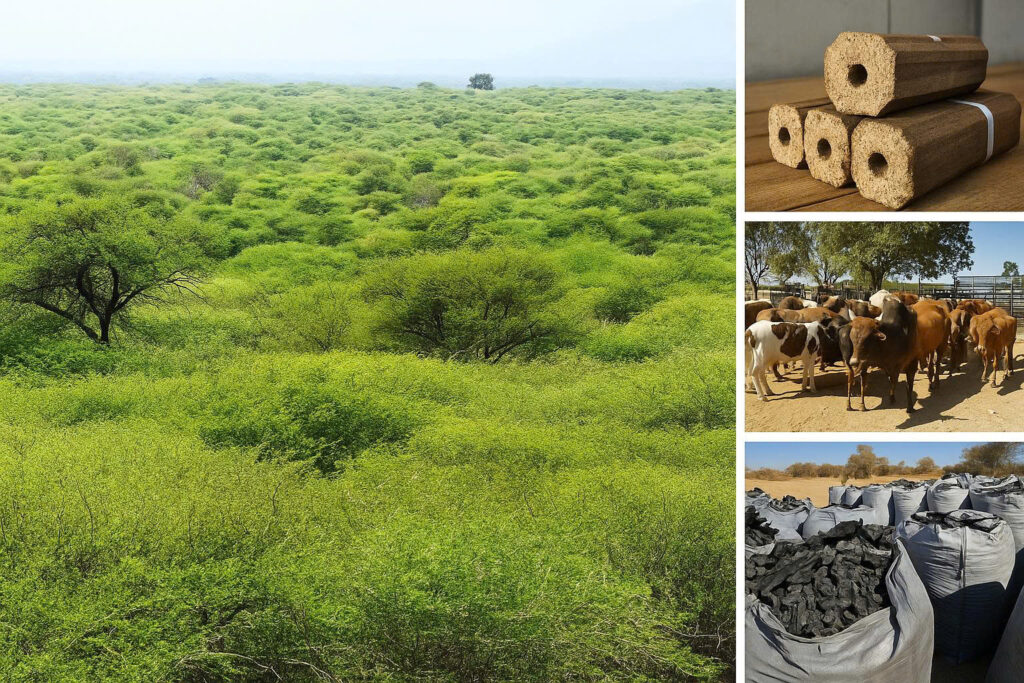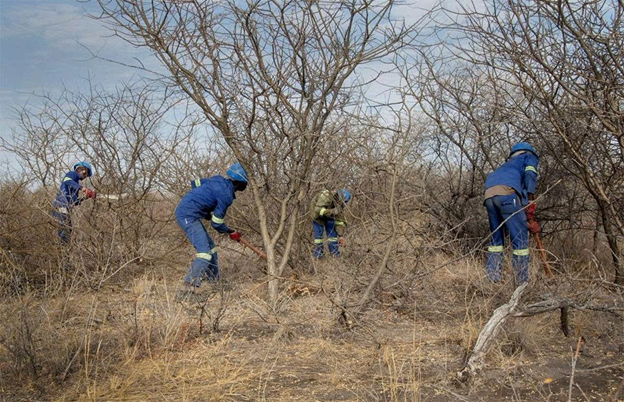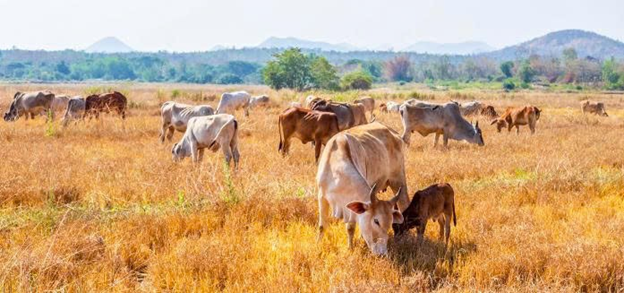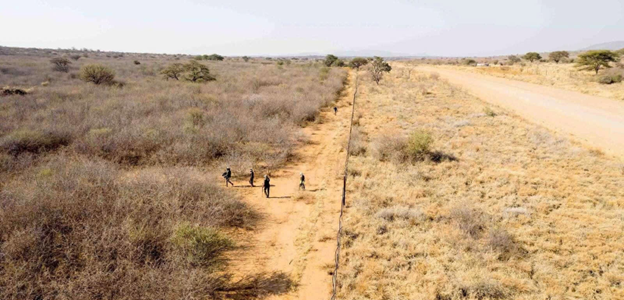From Namibian bush encroachment to green energy: Turning challenges into opportunities
In the semi-arid lands of Namibia, where endless grasslands once stretched, dense thickets have now taken over. It is estimated that more than 45 million hectares of the country’s land are covered by invasive bushes and acacias. These plants are driving out native grasses, reducing the land’s water retention capacity, and making cattle farming increasingly difficult for farmers.
From an agricultural perspective, this is clearly a pressing problem. But seen through another lens, these “harmful” thickets actually represent a vast resource—a biomass source that can be transformed into charcoal, firewood, bioenergy, and many other sustainable products. Namibia’s story, therefore, is a vivid example of turning environmental challenges into opportunities for green growth.

Figure 1: From invasive bush to sustainable energy and livelihoods
Biomass – a hidden treasure in the bush
According to research, Namibia’s woody biomass reserves are estimated at around 1.5 billion tons, of which at least 30% can be sustainably harvested. Notably, this biomass regenerates annually at a rate of more than 10 million tons. Managed properly, it can become an almost inexhaustible renewable resource.
Currently, exploitation is mostly limited to producing traditional charcoal and firewood, but the potential reaches far beyond. For instance, hardwood charcoal from the Camel Thorn tree has a wood density of up to 1,200 kg/m³—nearly double that of European hardwoods. This type of charcoal not only burns longer and hotter but also meets the strict requirements of international clean energy markets.

Figure 2: Harvesting the Invader – the first step of the value chain biomass
In addition, biomass power projects are underway. NamPower, Namibia’s national power utility, aims to build a 40 MW biomass power plant fueled by invasive bush. Advanced technologies such as SteamBioAfrica, funded by the European Union, are also testing methods to convert biomass into clean, easily transportable, and storable fuels, opening up significant commercial prospects.
Restoring grasslands and regenerating livelihoods
Biomass harvesting is not only about energy. Ecologically, it helps restore degraded rangelands, allowing grasses and biodiversity to return. As Namibian conservationists put it, this is not “deforestation” but an ecosystem restoration project.
Socially, the benefits are even clearer. Farmers who once struggled with invasive thickets now gain an additional income source. Charcoal production, pellet manufacturing, and biomass supply generate jobs, especially in rural areas where economic opportunities are limited. In many local communities, hardwood charcoal has become a new trade, enabling people to cover daily expenses, invest in education, and access healthcare.

Figure 3: Restoring grasslands for livestock farming
Furthermore, combining biomass utilization with biochar production creates a dual benefit: improving Namibia’s nutrient-poor soils while generating carbon credits for international markets. This represents a circular economy model, where the “invader” becomes a tool for land restoration and emission reduction.
Exports and global advantage
One distinctive feature of Namibia’s biomass sector is its export potential. While domestic demand remains modest, Europe’s appetite for green energy is rising sharply. Consumers there are willing to pay premium prices for sustainably certified products such as FSC. As a result, Namibian charcoal is steadily establishing a foothold in the global clean energy market.
This also means that biomass industry management must adhere to high standards of social responsibility and environmental protection. Namibia’s National Forest Dialogue Forum was established to ensure that expansion goes hand in hand with commitments to sustainability.
The journey our company pursues
Our project to harvest and develop charcoal, firewood, and fuel from invasive plants in Namibia is rooted in this very context. With the aim of turning challenges into opportunities, we are guided by three core values:
-
Environment: restoring grasslands, conserving biodiversity, reducing greenhouse gas emissions.
-
Economy: developing a sustainable biomass industry, expanding export markets, and building international competitiveness.
-
Society: empowering local communities economically, creating jobs, and improving quality of life.
For us, this is not merely an energy project—it is a journey of community development and nature conservation.
From seemingly useless invasive thickets, Namibia is writing a new story: transforming the farmer’s enemy into the green energy of the future. This belief and motivation drive us to stay committed to the path of clean energy and circular economy.
On this journey, we believe that every small step taken in Namibia contributes to a greener Africa and a more sustainable world.

